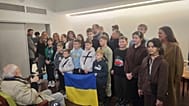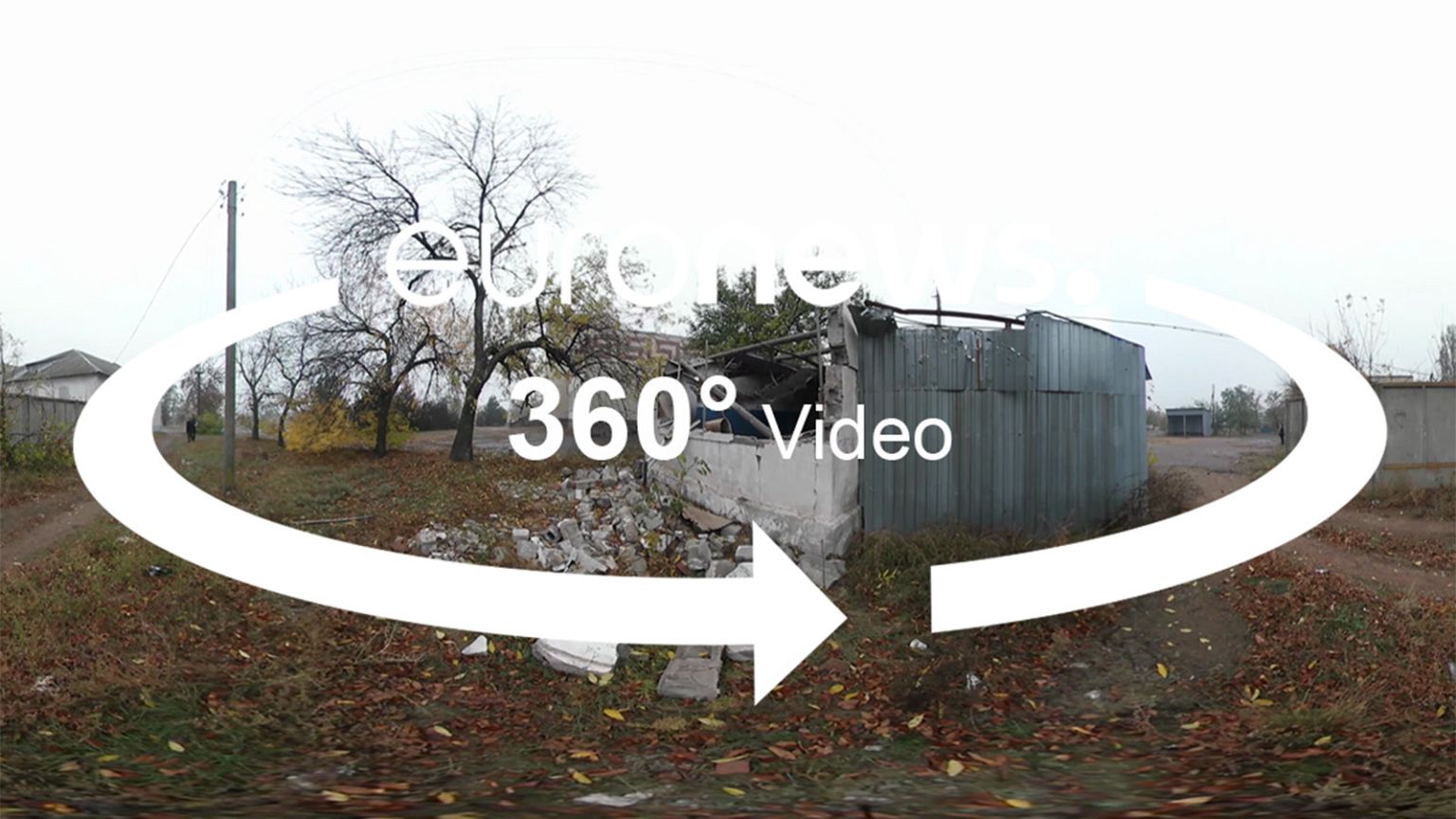Ukraine's Eastern region of Donbas has suffered war since 2014, but the region is also home to come hidden touristic treasures
We are in the heart of Ukraine’s eastern region of Donbas which has suffered war since 2014. The region is home to a few well known travel destinations, but we are off on a 900km journey, in search for a few more hidden treasures.
Hranitne
The village of Hranitne was founded in the 18th century by the Urums – Turkic-speaking Greeks from the Crimean peninsula. After WWII Crimean Tatars also came. But now this area is a “red zone”: on a river which is a borderline between separatist-controlled and Ukrainian government controlled areas. Before the war it was a great place for kayaking, photographers were attracted by the beautiful scenery, and delicious local cuisine was an added bonus.
Kalmius River – the view on “the other side”
Many of the public and private buildings here were damaged by shelling. A lot of houses are left empty. Lives were lost here. The war feels very close.
But the first thing we see on our arrival are the locals dancing and singing in three languages: Turkic, Ukrainian and Russian.
The village council secretary showed us a local clinic being rebuilt after the shelling. When the town was caught in the heaviest onslaught, she was pregnant and had to hide from the danger. Now her child is three and it’s much more calm, but not entirely safe as the war still goes on. The last time a house was hit, was in September, this year.
The priority now is to develop the infrastructure, allowing villagers to have some leisure time and for vulnerable people to receive help.
Oleksandro-Kalynove
Next we head North to meet another active community of the region.
The village of Oleksandro-Kalynove was already known for developing green tourism in the area. Today its located around 40 kilometres from the frontline. Therefore, the flow of tourists has decreased significantly, but the villagers haven’t given up.
Created by local people, a museum offers the chance to travel through time, to experience local agriculture, crafts and village life.
Sometimes they even temporarily borrow back the exhibits to do work on their houses.
The only thing standing in the way of developing tourism here is peace.
Sloviansk, Donetsk Oblast
Sloviansk was a focal point early on in the war, but now the violence has finished, an action group dreams of restoring a historic ceramics factory from the 19th century. Its products were renowned as far as Paris and Brussels.
It’s hoped to recreate the old machinery, organize ceramics workshops, a cafe, meeting place and working hub.
Lymansky Raion, Donetska Oblast
This is the view of “Chalky Flora” nature reserve, known for its unique flora and amazing landscapes. We climbed up here from the nearby village of Kryva Luka, which has become home for displaced people from the areas now occupied by pro-Russian separatists. The initiative to promote green tourism in the area has started transforming the life of the community. It is uniting now to develop this idea. Now tourists are welcome to come for a rafting weekend on the river, for local photographic exhibitions, hiking and much more.















